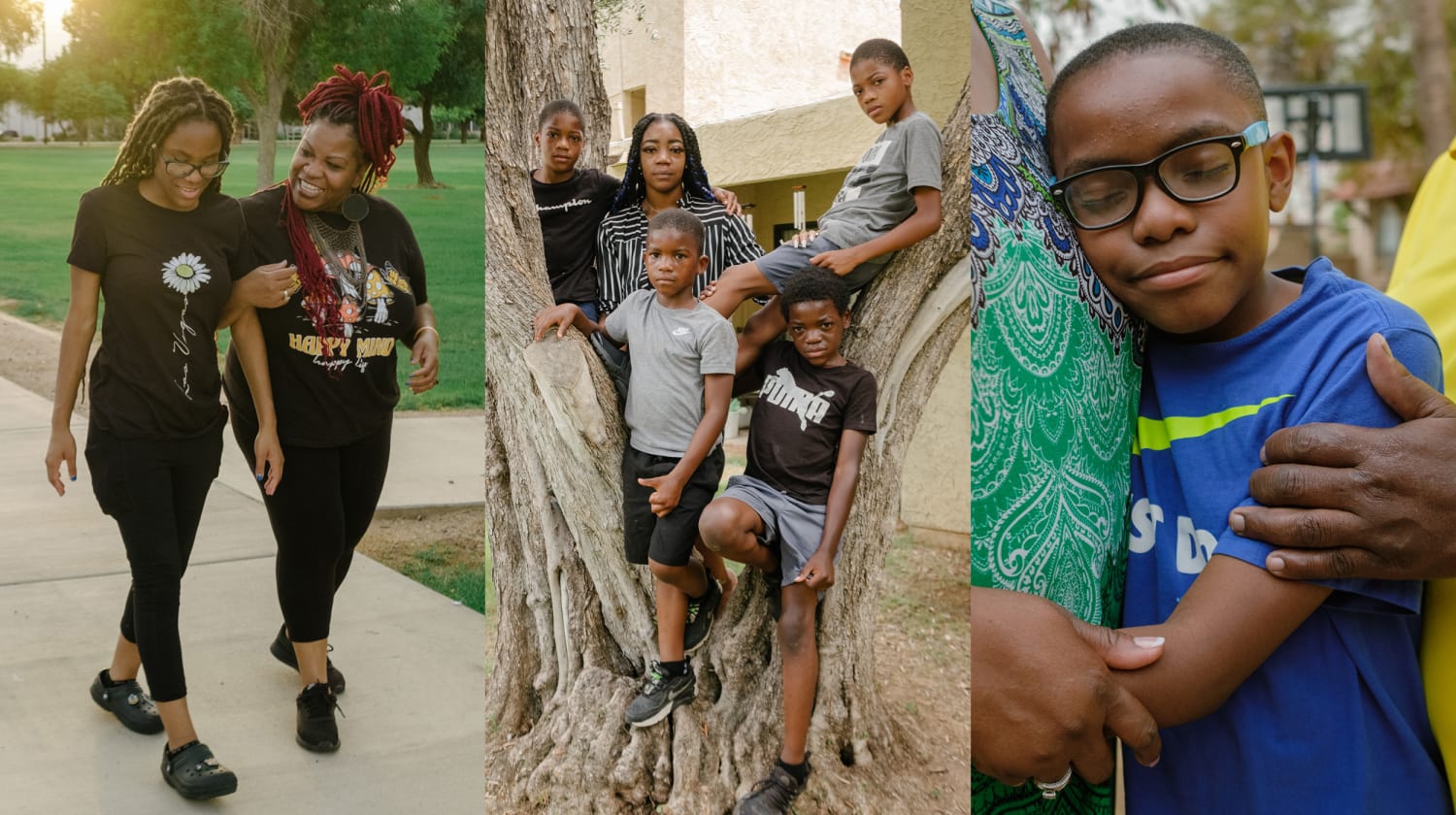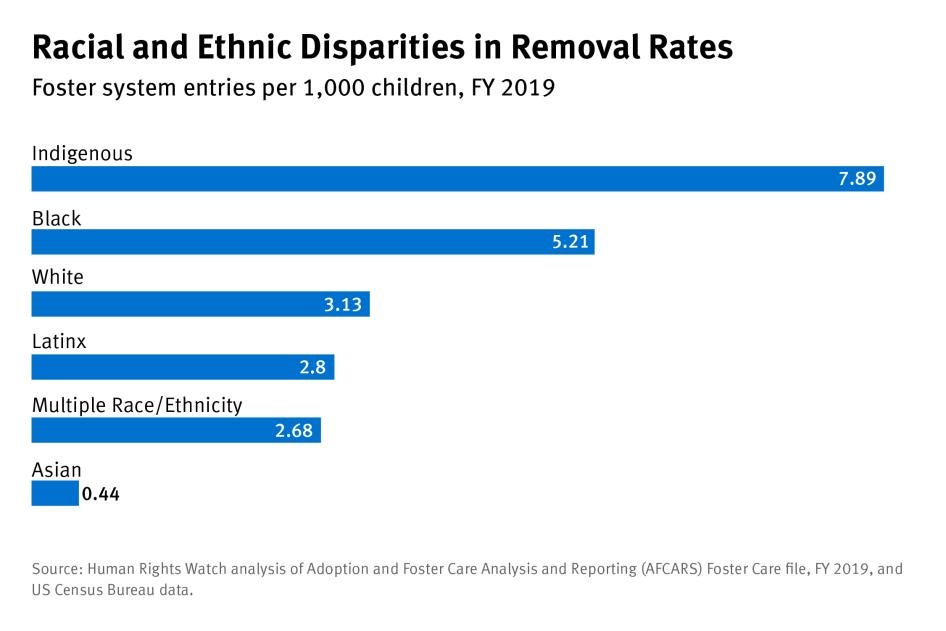

Surveillance & suspicion
- Families of color — especially Black, Indigenous, and Latino communities — face higher scrutiny in the child welfare system. For example, the Minnesota African American Family Preservation and Child Welfare Disproportionality Act explicitly names racial disparities in its title. MN DCYF
- According to the U.S. Department of Justice Civil Rights Division, children from certain racial/ethnic groups are involved in the child welfare system at nearly twice the rate of their share of the population. Department of Justice
“Blind removal” as attempted reform — and its limitations
- The concept of “blind removal” means removing identifying factors (like race, neighborhood, income level) from initial decision-making in child protection. The hope: reduce implicit bias.
- But even if one step is made “blind,” downstream systems still operate in a broader structural context: families of color often have fewer resources (housing, legal advocacy, social capital) and thus greater vulnerability to removal and longer paths to reunification.
- The dystopian dimension: A parent may feel watched, judged, and punished simply for navigating poverty, adversity, or trauma — rather than being supported to heal and keep their children with them.
Recovery & reunification: the uphill climb
- Once removed, the process to reunify can require parents to complete multiple tasks: housing, treatment programs, visitation schedules, court hearings. For Black and brown families this can mean juggling – often without sufficient support – jobs, childcare, transport, and the stigma of being under scrutiny.
- The emotional toll is heavy: grief at loss of children, fear of making one mistake, the sense of being in a “child welfare machine” rather than receiving compassionate support.
- The system can feel punitive rather than restorative: instead of “How can we help you keep your child?”, it sometimes feels like “Complete these tasks or else.”
Legacy of structural injustice
- How we got here: centuries of state control over Black, Brown, Indigenous families (from slavery, through foster/adoption practices targeting Indigenous children, to over-policing of poor neighborhoods). The child welfare system doesn’t operate in a vacuum.
- In 2022, the American Bar Association adopted Resolution 606, explicitly acknowledging anti-Black systemic racism in the child welfare system. Child’s Representative CO
- So even when decision-makers strive for “neutrality,” the data, the patterns, and the context show that families of color face added burdens.
